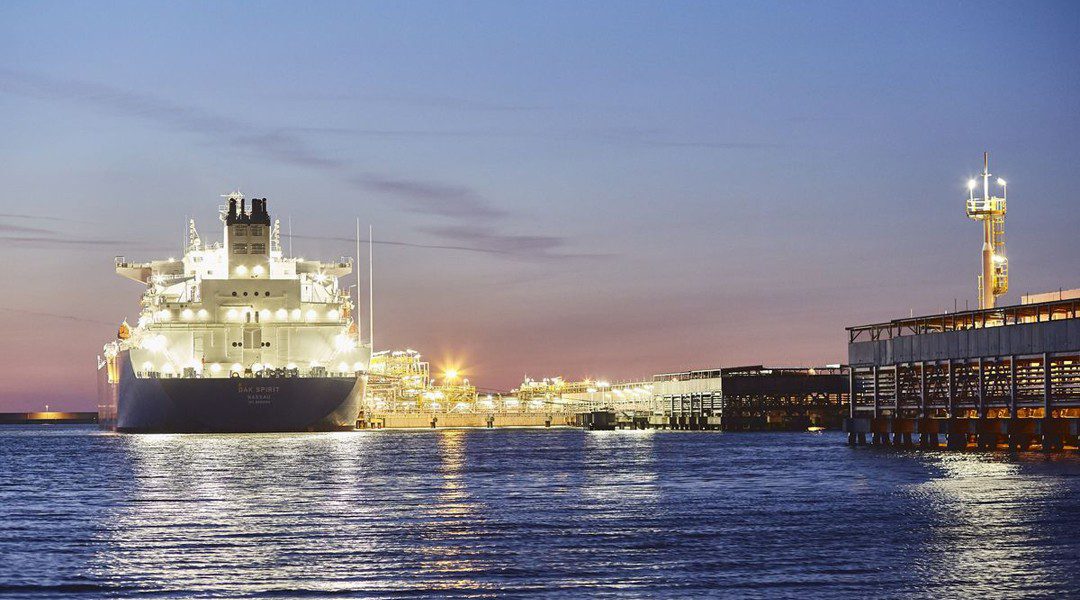Hidden storage locations near main terminals to reduce the risk of detection, plus collaboration from some, possibly planted, personnel, were two trends in the smuggling of drugs from Colombia to Europe and other international locations, according to a report from West of England Club’s Correspondent, A&A Multiprime Corp, in its 2024 Colombia Drug Smuggling Report.
On February 8th this year UK authorities announced the seizure of 12,500lb of cocaine hidden within a banana shipment from the Port of Turbo, Colombia, to Southampton. The Correspondent said that ‘this record-breaking interception serves as a stark reminder of the advanced techniques utilised by drug cartels to smuggle substantial quantities of narcotics into Europe and the UK, underscoring the global impact of Colombian narcotics’.
Authorities suspected that drug trafficking gangs could be utilizing hidden storage locations near main terminals to reduce the risk of detection during transportation by road. There could also be collaboration from personnel at these terminals. ‘There are rising concerns over increased instances of bribery, threats, and extortion targeting port officers, security personnel, and even crew members’, the report found.
To address these challenges, Dirección Nacional Marítima (DIMAR)’s Resolution No. 0502 of 2023b mandates that foreign ships configure their Ship Security Alert System (SSAS.) for prompt reporting of security incidents.
A&A Multiprime strongly advised vessels to undertake drug inspections, especially in high-risk ports, and stay updated on specific security requirements. Immediate actions outlined in the report in case of drug discoveries onboard include contacting local authorities and refraining from touching the drugs. ‘This is critical due to the severe punishments under Colombian law for drug trafficking offences’, the correspondent warned.
Colombian drug traffickers are continuously coming up with new strategies to avoid detection of the narcotics. ‘From hiding drugs in remote locations onboard vessels to camouflaging them within bulk cargoes, such as coal, traffickers are continually adapting. They also utilise methods like introducing bags filled with drugs in sea chests or attaching them to the vessel’s hull using divers, though these tactics have become less common due to improved security measures’, West’s members were warned.
DIMAR has identified several new concerns in 2024. Among them is the alarming trend of drugs being smuggled in containers of fruit, coal, and scrap cargoes. Of particular note were reefer containers carrying bananas from regions like Urabá and Magdalena. These have been flagged for increased scrutiny.
Bulk cargoes such as coal and scrap were also under the radar, with drug smugglers frequently exploiting these shipments to conceal illegal substances. Recent discoveries have included substantial amounts of cocaine disguised as ‘fake coal’ within bulk cargoes, prompting specialised tests for detection.
(free-English-translation).pdf





